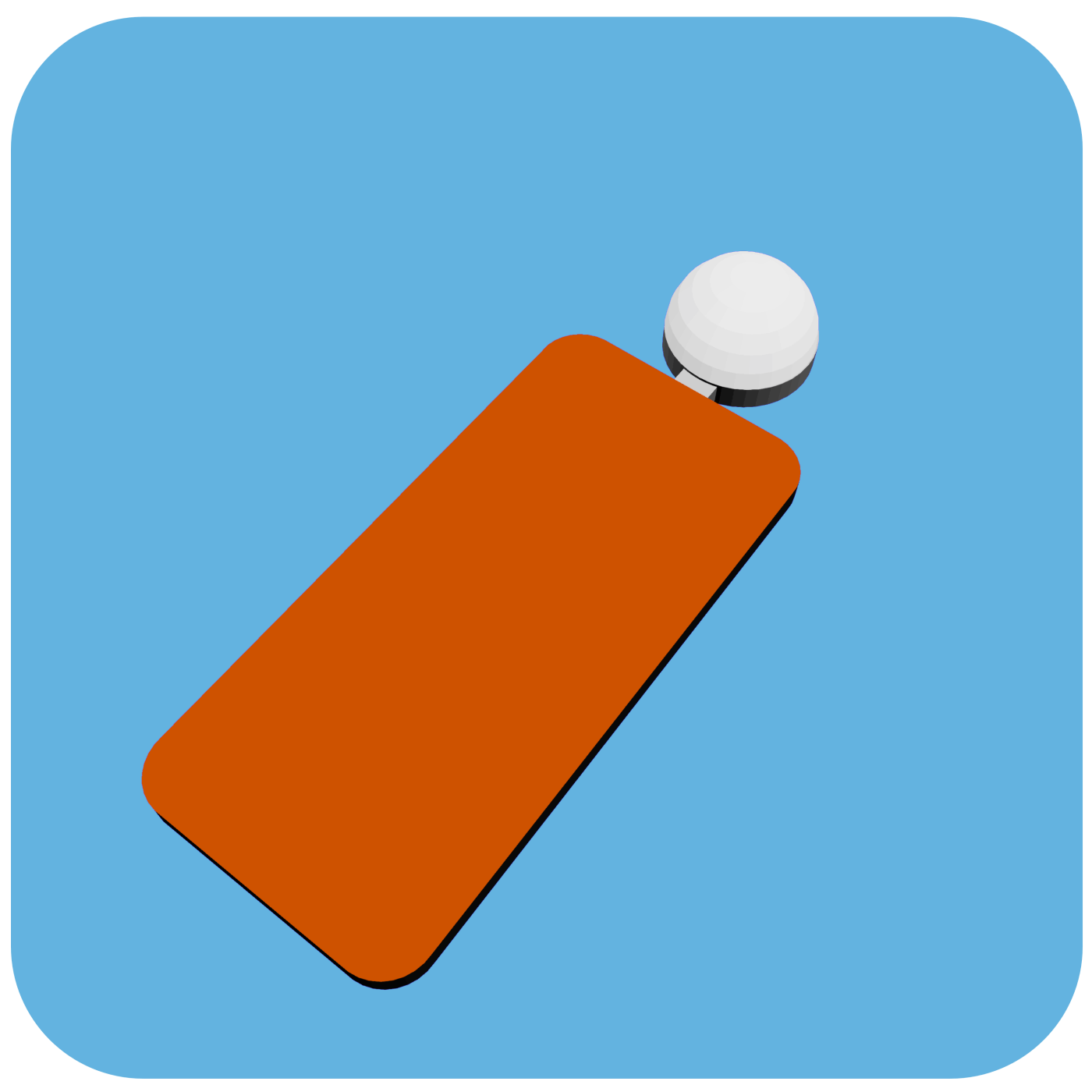To open the Settings page, open the Menu page by tapping twice anywhere on any of the three calculation pages (Exposure, Photometric, or Contrast), and then select Settings.
Exposure time can be expressed as a combination of frames per second and shutter opening (video style), or as fractions of a second (photo style).
A light meter constant (C) is used in some of the calculations. Because it is a lesser-known property of light meters, Wikipedia provides a brief explanation: "the constant C should be chosen by statistical analysis of the results of a large number of tests carried out to determine the acceptability to a large number of observers of a large number of photographs for which the exposure was known, obtained under various conditions of subject matter and over a range of luminances." LuxCalc user should choose the value for his or her light meter or the generic (default) value of 330.
Exposure time, aperture opening and sensitivity can be calculated to the precision of a full stop, half stop, one third of a stop or all three at once (default).
Luminance and distance values are expressed in metric units (lux and meter) by default. If the "Imperial measures" switch is selected, these values are expressed in imperial units (foot candles and feet).
Calculated aperture and ISO values are rounded to standard values by default. If the "Show raw values" switch is selected, raw calculated values will be displayed below rounded values.
If the "Sync luminances" switch is checked, luminance related values calculated on one page will automatically be synced to corresponding parameters on other pages. For example, the luminance value calculated on the Exposure page will be synced to the luminance parameter on the Photometric and the key light parameter on the Contrast page. The key light value calculated on the Contrast page, if expressed as an aperture number, will be synced to the aperture parameter on the Exposure page. The condition for syncing is that the destination parameter is not selected as the calculation target.
The "+/-aperture notation" switch selects how aperture values are expressed. By default, they are expressed as standard f-stop numbers (e.g. 6.3), but descriptive values (e.g. 5.6+) can be used as an alternative.
